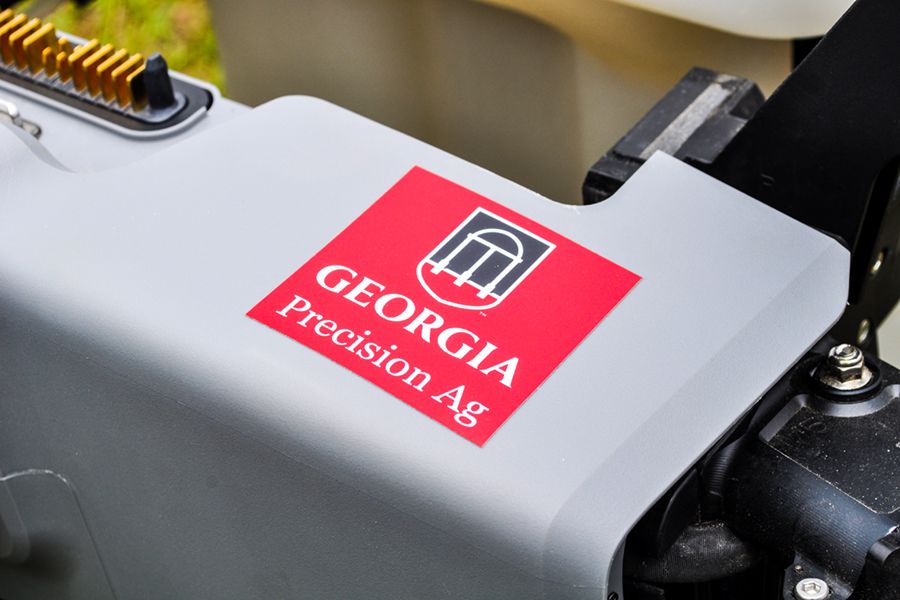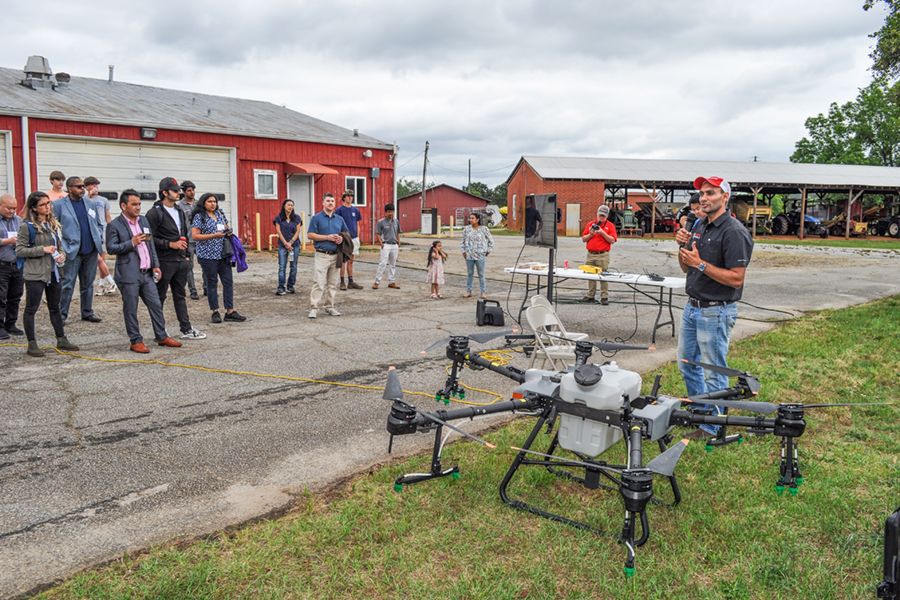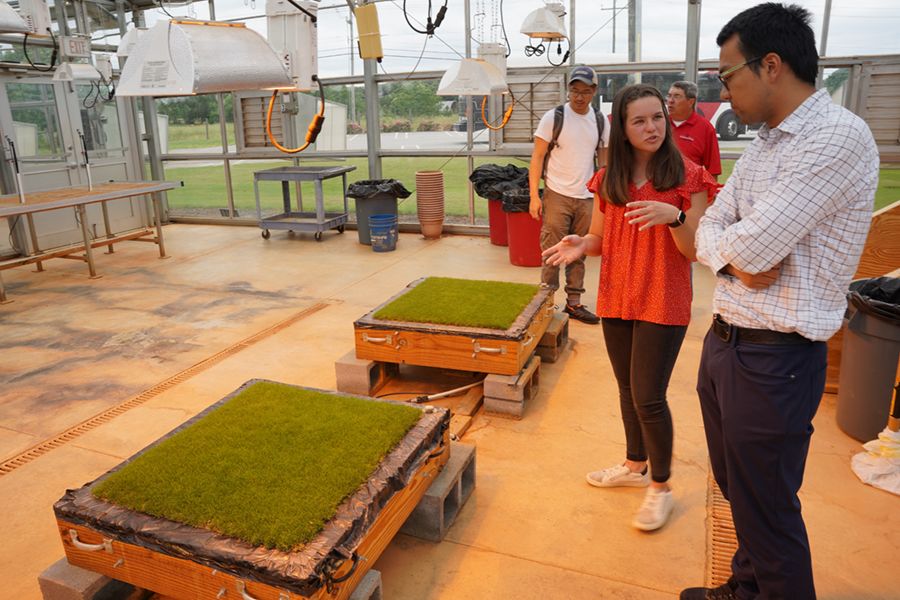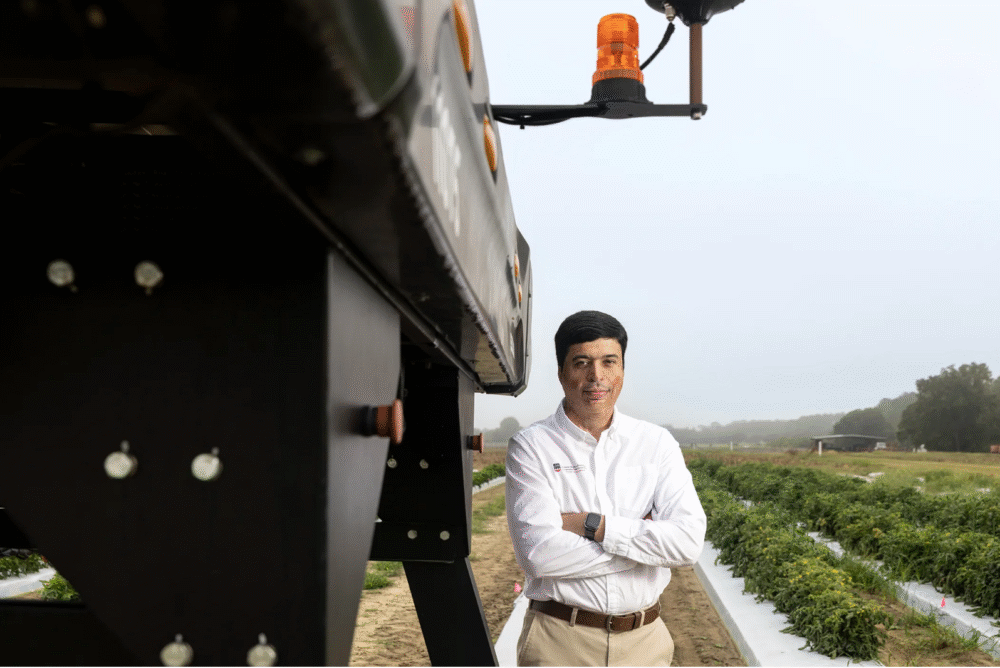Assembling Ingenuity
International Conference for Integrative Precision Agriculture gathers stakeholders to generate technological solutions for industry challenges

Spray drones with pinpoint accuracy, produce-picking robots, autonomous systems to monitor broiler chicken health, and artificial intelligence to predict yield before the buds have faded from the trees — these are some of the solutions integrative precision agriculture promises an industry that is embracing the power of technology to address both age-old and emerging challenges.
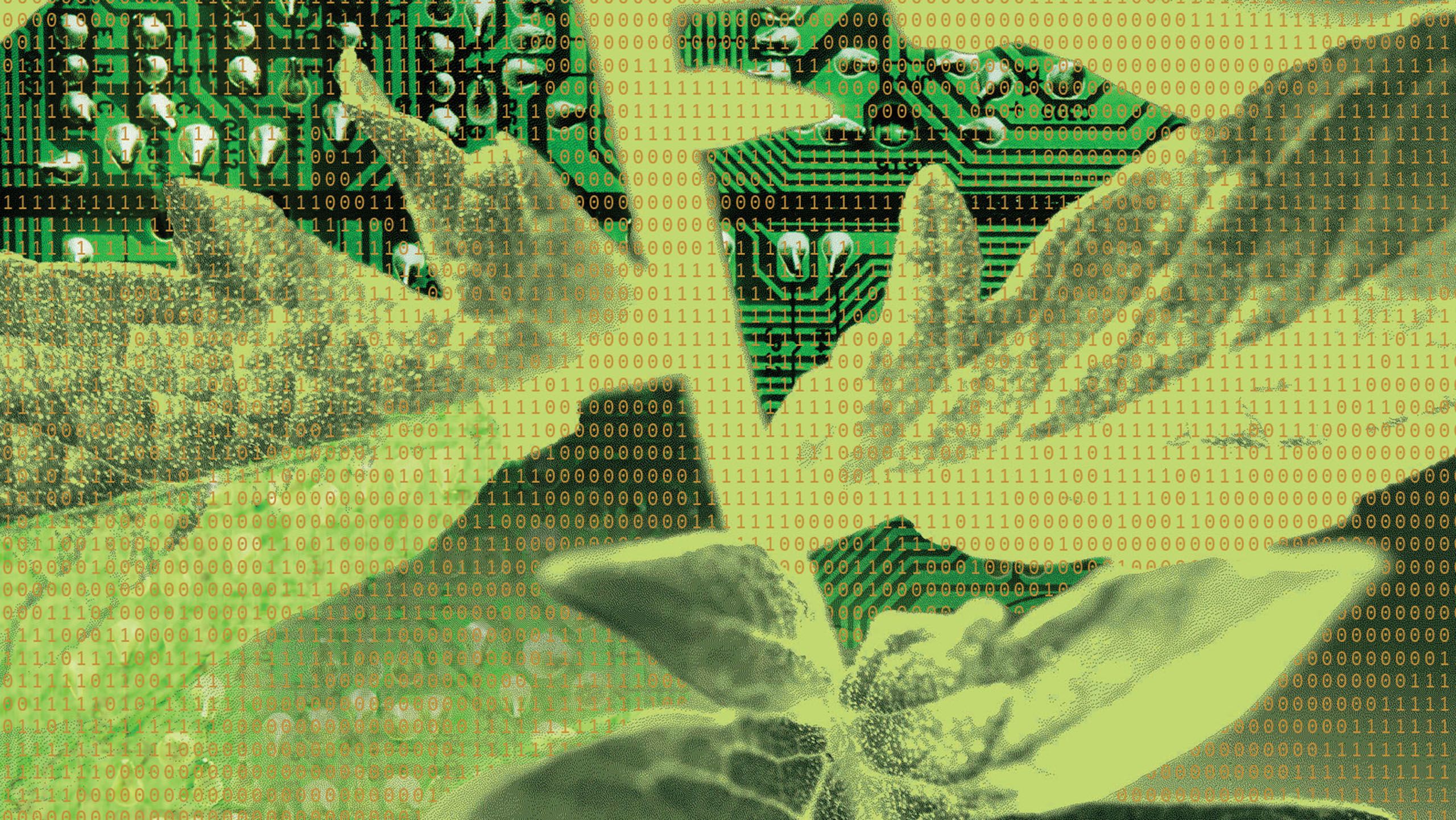


Students, scientists and leaders in agrotechnology from Georgia and around the world gathered in May at the University of Georgia for the first International Conference for Integrative Precision Agriculture, a multidisciplinary assemblage designed to harness collective expertise to address the challenge of feeding a global population that is expected to exceed 9 billion people by 2050, bringing with it an estimated 70% increase in food demand.
“Precision agriculture holds great promise to solve many of the challenges our world faces,” said UGA Senior Vice President for Academic Affairs and Provost S. Jack Hu, who spearheaded the effort to establish the university’s Institute for Integrative Precision Agriculture in 2022 to bring together interdisciplinary researchers to develop next-generation technologies that will provide holistic solutions to problems defined by the food, agriculture and forestry industries. “The institute provides a forum for ongoing interactions and brainstorming, ensuring that the connection between industry and academia persists beyond the initial identification of a problem.”
A post-conference workshop offered research-based guidelines on the use of drones for the application of agrochemicals and demonstrations of state-of-the-art equipment by precision agriculture experts and UGA faculty.
A post-conference workshop offered research-based guidelines on the use of drones for the application of agrochemicals and demonstrations of state-of-the-art equipment by precision agriculture experts and UGA faculty.
Conference attendees participate in a precision turf tour during the inaugural International Conference for Integrative Precision Agriculture at UGA in May.
Conference attendees participate in a precision turf tour during the inaugural International Conference for Integrative Precision Agriculture at UGA in May.
The institute formally brings together faculty from UGA’s College of Agricultural and Environmental Sciences, College of Engineering, Franklin College of Arts and Sciences, School of Computer Science and Warnell School of Forestry and Natural Resources to examine agricultural practices and apply technology to advance the industry.
More than 200 attendees heard from Georgia producers who discussed their most pressing needs, while national and international industry leaders described potential solutions and options for producers to learn about available technologies and how to adopt them.
Jessica Brim, director of food safety for Lewis Taylor Farms in Tifton, Georgia, said that labor availability and labor costs are one of the primary areas where new technologies could help producers. Lewis Taylor Farms grows more than 6,500 acres of produce each year, most of which is harvested by hand.
“Helping farmers in the future be able to lower labor costs by having more innovation in the field — having sensors on machinery to help us see if that product is ready to be harvested and to be able to pull it off the vine without losing the complete plant in the process — there are so many ways we can see that could be developed to make our systems better, lower those costs and make what we grow more marketable,” she said.
More efficient and faster ways to gather important data on crops or livestock were top of mind for producers at the conference, said Lawton Pearson, owner of Pearson Farm, a peach and pecan producer in Fort Valley, Georgia, adding that variations in weather require a lot of “guess-timation” on the part of farmers when estimating crop yield. “Until there is a radical shift in technology that allows us to do more of these tasks automatically, we have to continue to do a lot by hand.”
Based on the challenges discussed, faculty from Institute for Integrative Precision Agriculture and industry will network and form grassroots research teams to address these problems.
“Our goal for this conference was to portray the problems that our growers are having in the state and across the Southeast and then have a list of experts from academia and from industry who can help us understand what the current state-of-the-art is in precision agriculture,” said George Vellidis, University Professor in the Department of Crop and Soil Sciences and an organizer of the conference. “We want to identify how those technological solutions can be applied to the problems facing the state.”
Animal welfare, chemical resistant pests and diseases, water issues, climate variability and labor challenges are all hurdles precision agriculture can help address as the industry seeks sustainable ways to plant, manage and harvest crops, said Nick T. Place, CAES dean and director.
“This whole initiative is critical for advancing agriculture and how we produce food for the planet. It’s going to be a major aspect of what we do in our teaching program here in the college, making sure we have students who really grasp the opportunities around innovation and technology that are going to help us continue to feed the planet,” Place said.


